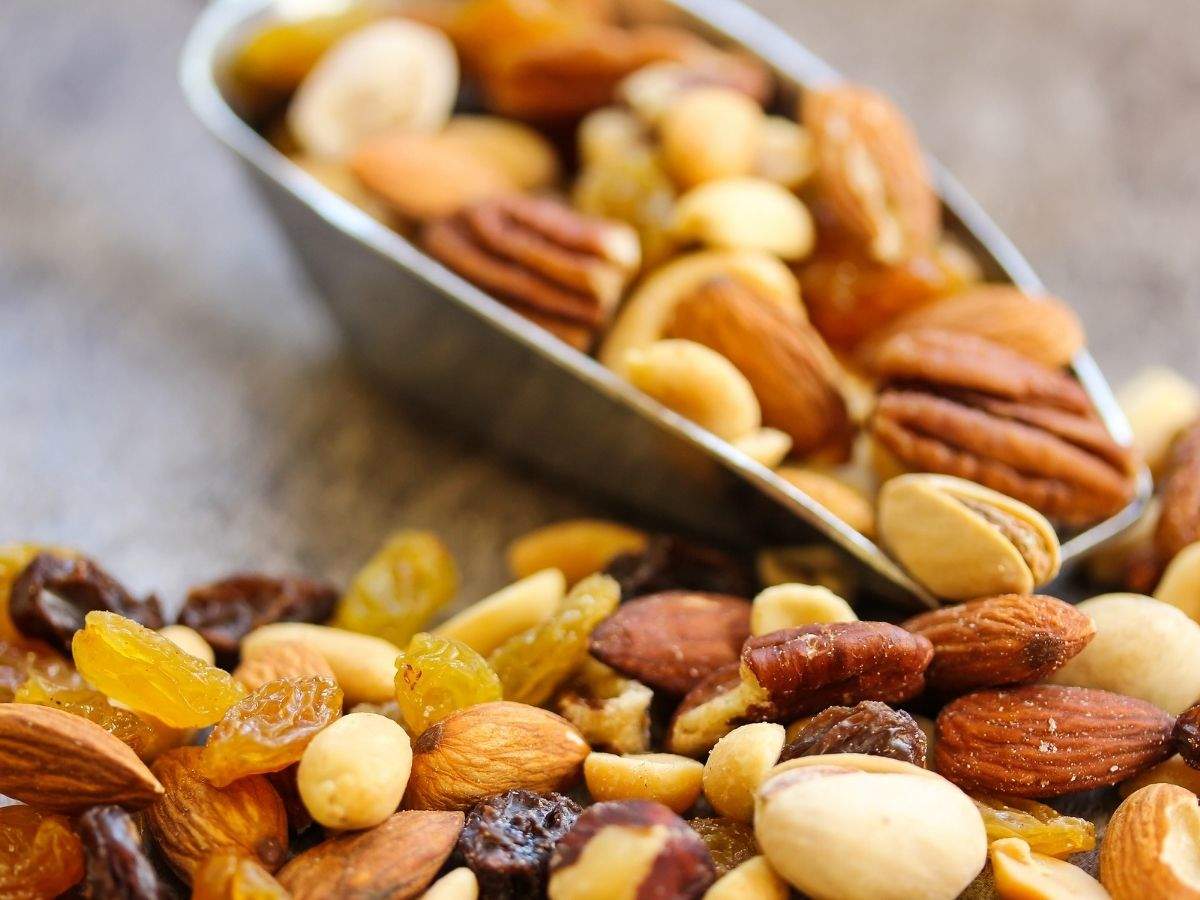



In order for fruits to become dried tree fruits, the water content needs to be completely eliminated from them. Another process that is followed is sun drying. Nevertheless, at times, dehydrators are used in order to extract the water content. These fruits are popular due to their sweetness, nutritious nature and long shelf life. Some of the most popular types of these fruits are raisins, figs, apricots, prunes, peaches, pears and apples. Additionally, fruits such as cranberries, blueberries and mango are mixed with sweeteners before drying. The nutritional value of these fruits is the same as the original ones.
Dried fruits are mostly a combination of summer fruits that are particularly produced in a few states in Australia.
As of June 2020:
Some of the regions where dried tree fruits are produced are the Goulburn Valley, Sunraysia and the Riverland area. In today’s times, this delicacy is consumed all across the world by individuals belonging to all cultures. Some of the drying methods include sun drying, tray drying, freeze-drying and vacuum microwave drying.
Australia identifies as a net importer of these fruits. For the year ending In June 2020, Australia imported 16,483 tonnes of these popular fruits.